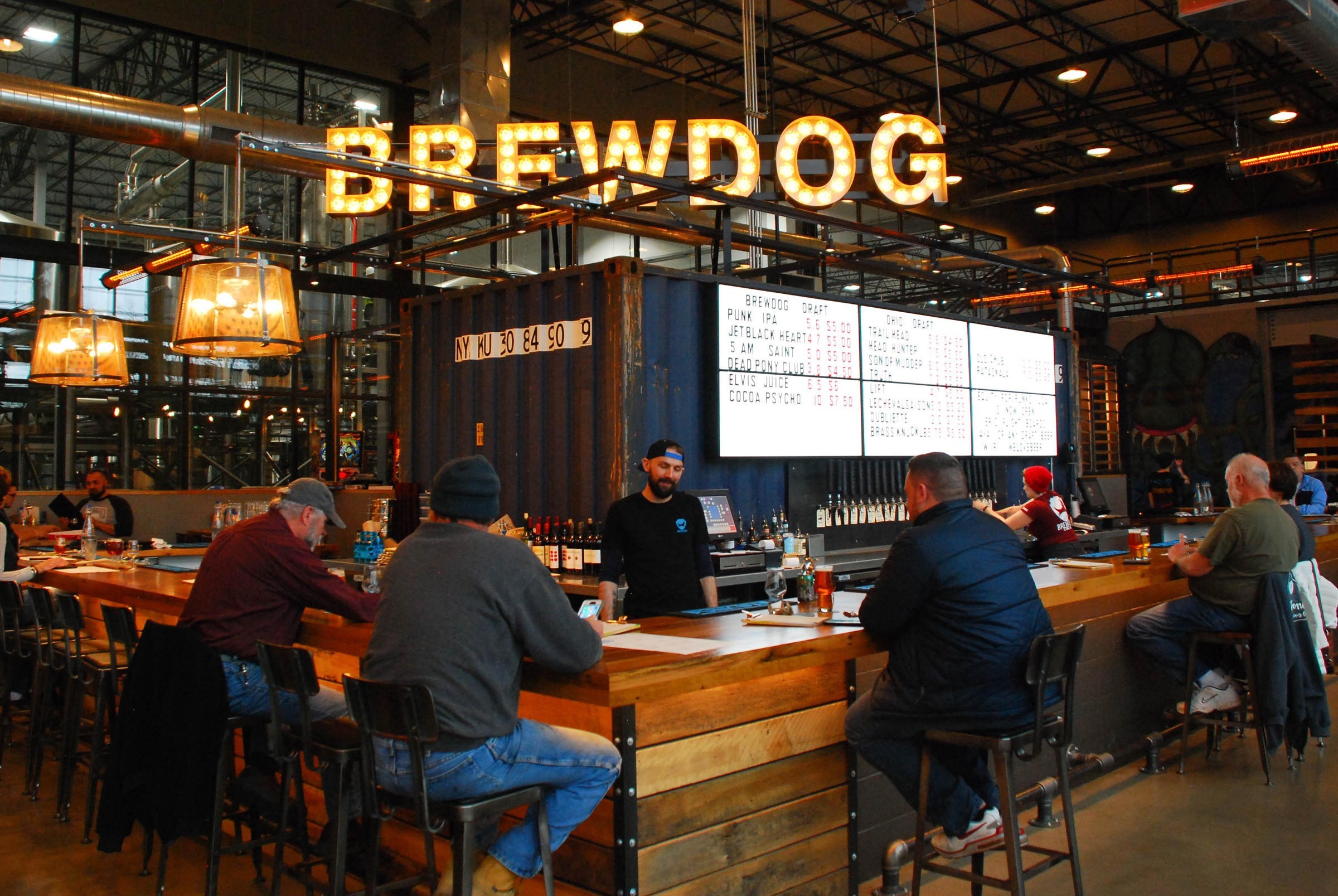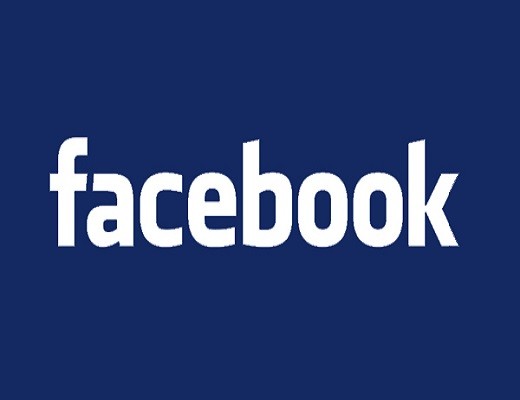Bitcoin or Brewdog?

Beer for punks: Brewdog has grown from Scottish start-up to billion-dollar brand.
The rate of change is best illustrated by the stories of start-ups who have rapidly captured the new mainstream, changing our lives and aspirations as they do. From Amazon Go’s bluetooth-enabled stores to Magic Leap’s next generation virtual reality, L’Oreal’s intelligent hair brush and Norman Foster’s droneports that helps aid agencies reach people in need quicker, 2017 was a year of incredible innovation. Here are a few reminders:
- Bitcoin. The cryptocurrency grew from $1000 to $20,000 over the 12 months of 2017. Whilst the bubble will eventually burst, the underlying blockchain technology is set to revolutionise businesses far beyond finance, democratising markets, and how consumers engage with brands
- Boom. Dubai Air Show saw the launch of a “new Concorde” aircraft, featuring the iconic delta wing and able to fly at Mach 2.2. In collaboration with Virgin, Boom Technology is on schedule to launch this year, bringing back memories of when I could breakfast in LHR, and again in JFK 3 hours later.
- Brewdog. The Scottish craft beer entrepreneurs became a $1 billion-valued “unicorn” in 2017, partly through consumer crowdfunding, aka “Equity for Punks”. Known for its provocative marketing, and strong ales, it opened a brewery in Ohio, and plans a DogHotel with bedside DogTap if thirsty.
- GZ Media. Digital tech isn’t everything, as seen by the trend for vinyl records. The world’s largest manufacturer comes from the small Czech town of Lodenice, and produces 25 million records a year. Live Nation is the world’s most profitable music company, live events soaring in a digital world.
- Hyperloop. 3 years ago Elon Musk launched his vacuum-tube 760 mph trains, and the first 1 mile test loop is now in place. By open-sourcing the technology, companies across the world are all working on perfect and implementing next generation travel. Tesla and SpaceX were just starters.
- Jio Phone. Indian billionaire Mukesh Ambani launched the Jio Phone in 2017, an (almost) free smartphone for the hundreds of millions of aspirational Indians who he serves, and a radical rethinking of the telecoms business model. Handset and calls are free, data comes at a small fee.
- Stripe. 26 year old John Collison from Ireland is now the world’s youngest self-made billionaire. He co-founded the $9bn software system that enables companies around the world to more easily accept online payments. Snapchat’s Evan Spiegel is slightly wealthier, but two months older.
- ThyssenKrupp. What if elevators could move sideways, instead of just up and down? Inspired by Charlie and the Chocolate factory, ThyssenKrupp has launched the Multi, replacing the old up and down pulley systems with magnetic levitation, up and across the walls of buildings.
- Toutiao. The Beijing start-up was 2017’s most successful new unicorn, valued at $20bn. It is a content recommendation platform, using AI to analyse content, plus users and their interactions, from which algorithm models generate a personalised feed list of content for each user.

Wonka vision: ThyssenKrupp’s magnetic levitation multi-directional elevator.
So where do we start in making sense of this changing world? To seize this huge disruption as fabulous opportunities to work smarter and get an edge, innovate and grow, we need to understand the drivers of change. These power the “mega trends” that are shaping our markets and minds, and the more practical advances that we can directly and creatively embrace.



